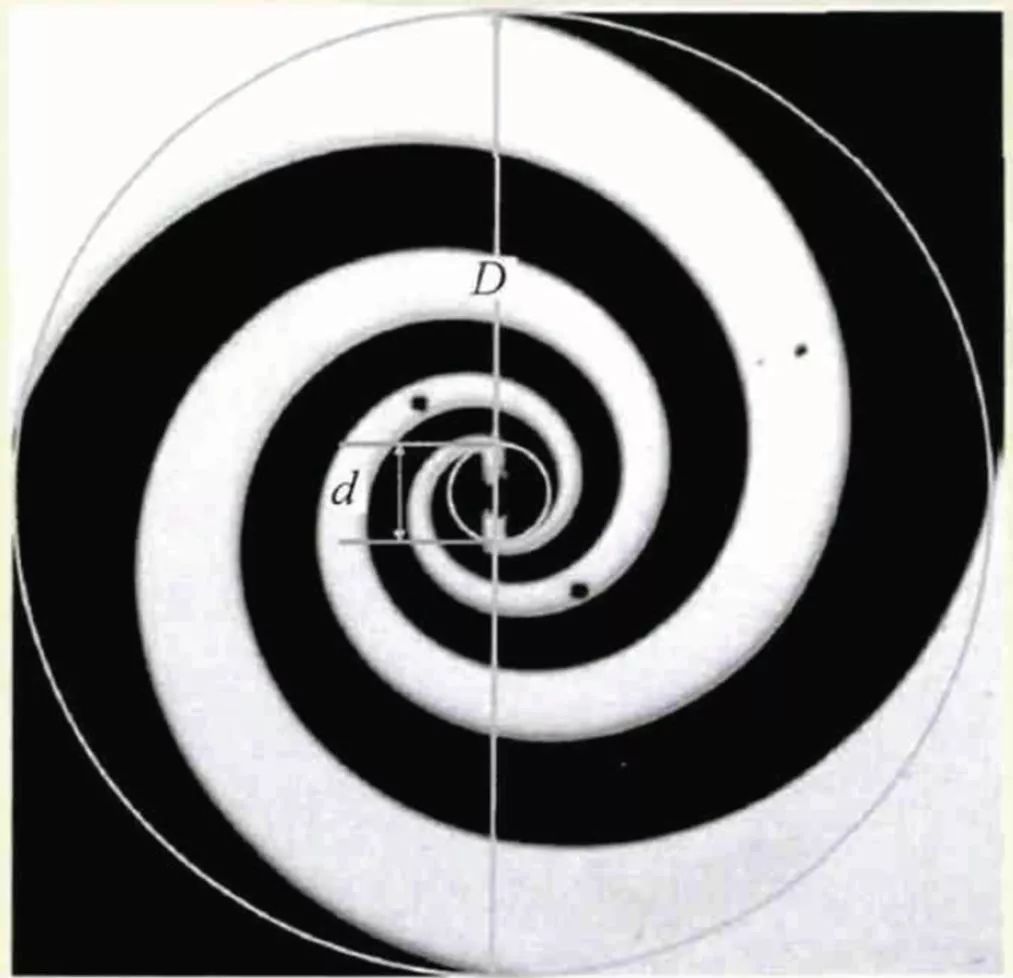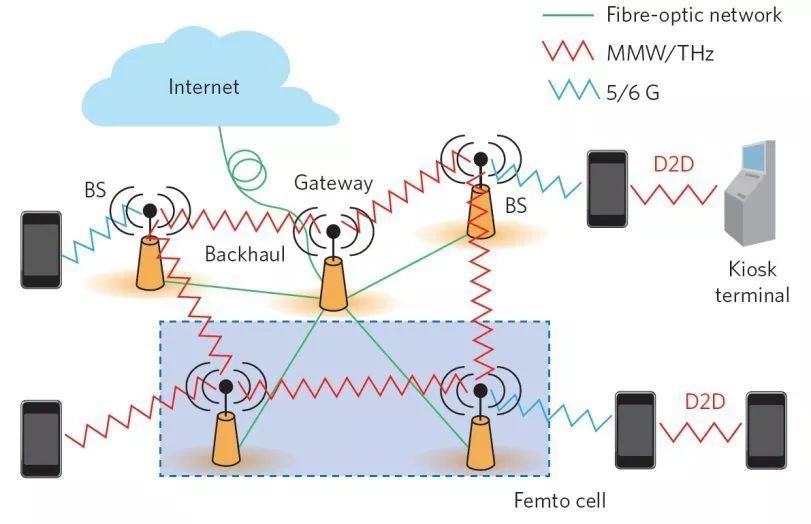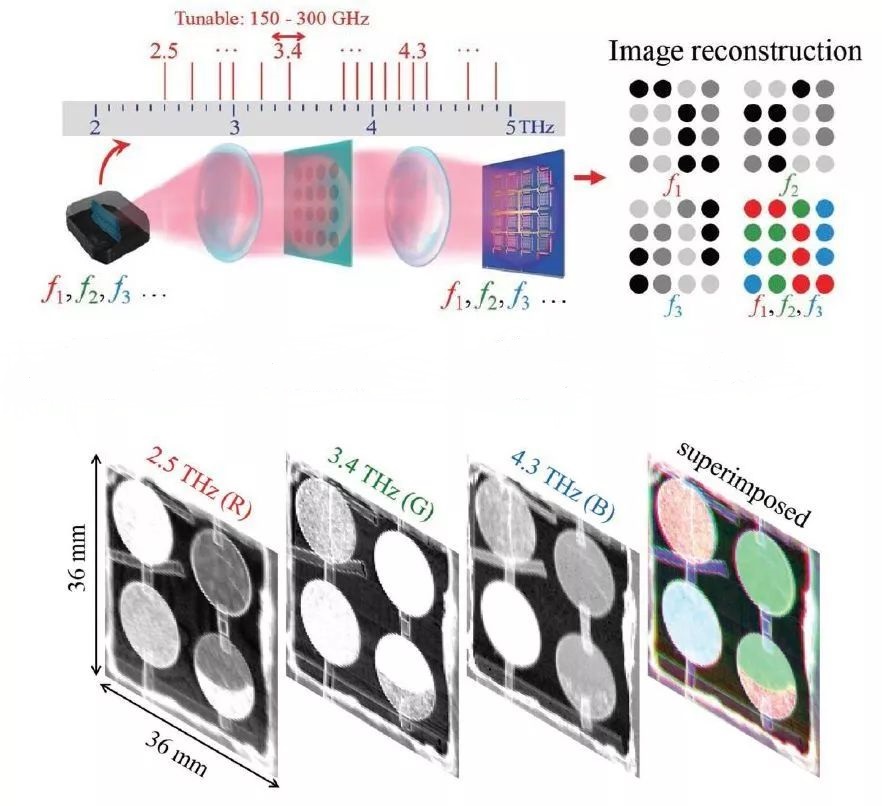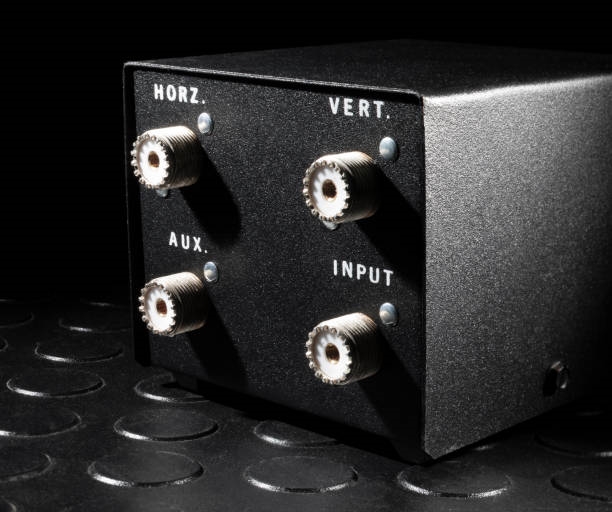Overview
Since the term terahertz was coined in the late 19th century, the band has attracted attention from research groups in Europe, North America, Japan and China. Research activity has increased as the unique properties of the band have become clearer. In recent years China has emerged as a leading contributor to terahertz research.
What are terahertz waves
Terahertz waves are electromagnetic waves with frequencies from 0.1 to 10.0 THz and wavelengths from 0.03 to 3.00 mm, occupying the region between microwave and infrared in the electromagnetic spectrum. This far-infrared band is one of the remaining underdeveloped parts of the spectrum and combines properties of both neighboring bands.

Key properties of terahertz waves
- Wave-particle duality: Terahertz radiation is electromagnetic and exhibits wave phenomena such as interference and diffraction; when interacting with matter it can also display particle-like behavior.
- High penetration for certain materials: Terahertz waves can penetrate many dielectric and nonpolar materials, enabling tomographic or transmission imaging of otherwise opaque objects. This capability complements X-ray and ultrasonic imaging for nondestructive inspection and security screening.
- Safety: Terahertz photon energies are on the order of milli-electronvolts, far below the ionizing energies of X-rays. Because their energy is below typical chemical bond energies, terahertz waves do not cause ionizing damage, which is advantageous for personnel screening and inspection of biological samples.
- Spectral selectivity: Many organic molecules and large biomolecules have vibrational and rotational modes in the terahertz band, resulting in characteristic absorption and dispersion features useful for spectroscopic identification.
- High temporal and spatial coherence: Terahertz radiation generated from coherent current-driven dipole oscillations or from coherent ultrafast optical pulses via nonlinear processes exhibits high temporal and spatial coherence.
Terahertz technology areas
Research in terahertz technology focuses on radiation generation, detection, communication, and imaging. Efficient terahertz sources and detectors are critical enablers for practical applications.
Terahertz radiation sources
Terahertz radiation can be generated by several approaches:
- Electron-beam and microwave-based devices, including backward-wave oscillators, gyrotron-type sources, and solid-state frequency multipliers.
- Photonics-based sources, such as quantum cascade lasers, free-electron lasers, and gas lasers.
- Ultrafast laser-based techniques, which generate broadband terahertz pulses and enable both lower- and higher-frequency coverage around 1 THz.
Developing compact, room-temperature, high-power, continuously tunable sources remains an important objective for advancing terahertz applications.
Terahertz detection technologies
Terahertz detection draws on physics, optoelectronics, materials science and semiconductor technologies. Photonic terahertz detectors often offer high damage thresholds and large linear dynamic ranges. In many detector technologies, high sensitivity can be achieved without sacrificing response speed, enabling both sensitive and fast detection.

Terahertz communication
Terahertz communication builds on conventional wireless principles. With very large available bandwidths, terahertz links can support extremely high data rates and favorable physical-layer security characteristics. Potential applications include short-range ultra-high-speed wireless links, space communications, and secure communications in contested or sensitive environments.

Terahertz imaging
Because terahertz photons are low energy and can penetrate certain nonpolar materials, terahertz imaging enables nondestructive inspection and security screening without the ionizing risks of X-rays. Imaging methods include passive systems that detect ambient terahertz emissions and active systems that illuminate a target with terahertz radiation and measure the transmitted or reflected signal.

Outlook
Terahertz technology is inherently multidisciplinary and offers unique advantages across sensing, communication and imaging. As theoretical understanding advances and as diverse terahertz sources, detectors and transmission components mature, terahertz technology is expected to have broad economic and security impacts worldwide.
 ALLPCB
ALLPCB







